I bought some small voltmeters hoping I could use them with my kid's Razor dirt bike. The bike uses 3 12v lead-acid batteries in series to provide 36 volts to the motor. Ideally, I'd like to use the voltmeters to measure total voltage of the batteries in series, as well as the individual voltages of each of the batteries. I'd also like connect the voltmeters to the power switch, so they only measure voltage when the bike is powered on.
The working voltage of the voltmeters is 4 to 30v, and they can measure 0 to 100v.
The voltmeters have 3 wires. I ran the positive wire to the power switch, I ran the ground to the ground of each battery, and ran the measurement wire to the positive terminal of each battery. This seems to work fine for the first 2 batteries, because they are powered by 12v and 24v. The voltmeters for the last battery and the overall system end up getting 36v, which is too much for my tiny voltmeters.
The power switch is a single throw dual pole switch. Is it possible for me to power the voltmeters with 12v and use them to measure the system as described above?
UPDATE based on great feedback. I didn't know about reducing voltage with a resistor ladder. This is basically what I have now, just without the resistors. Will this work? I was afraid it may cause a short, because it seems like the batteries are both in series and parallel this way.
UPDATE - using 2 470ohm 5W resistors worked to divide the voltage, but the resistors generated too much heat. I measured 190 and rising after a few minutes. That seems dangerous. I'm going to drop back to 1 voltmeter powered by one battery, measuring all 3, and tied to one of the poles in the DPST switch.
